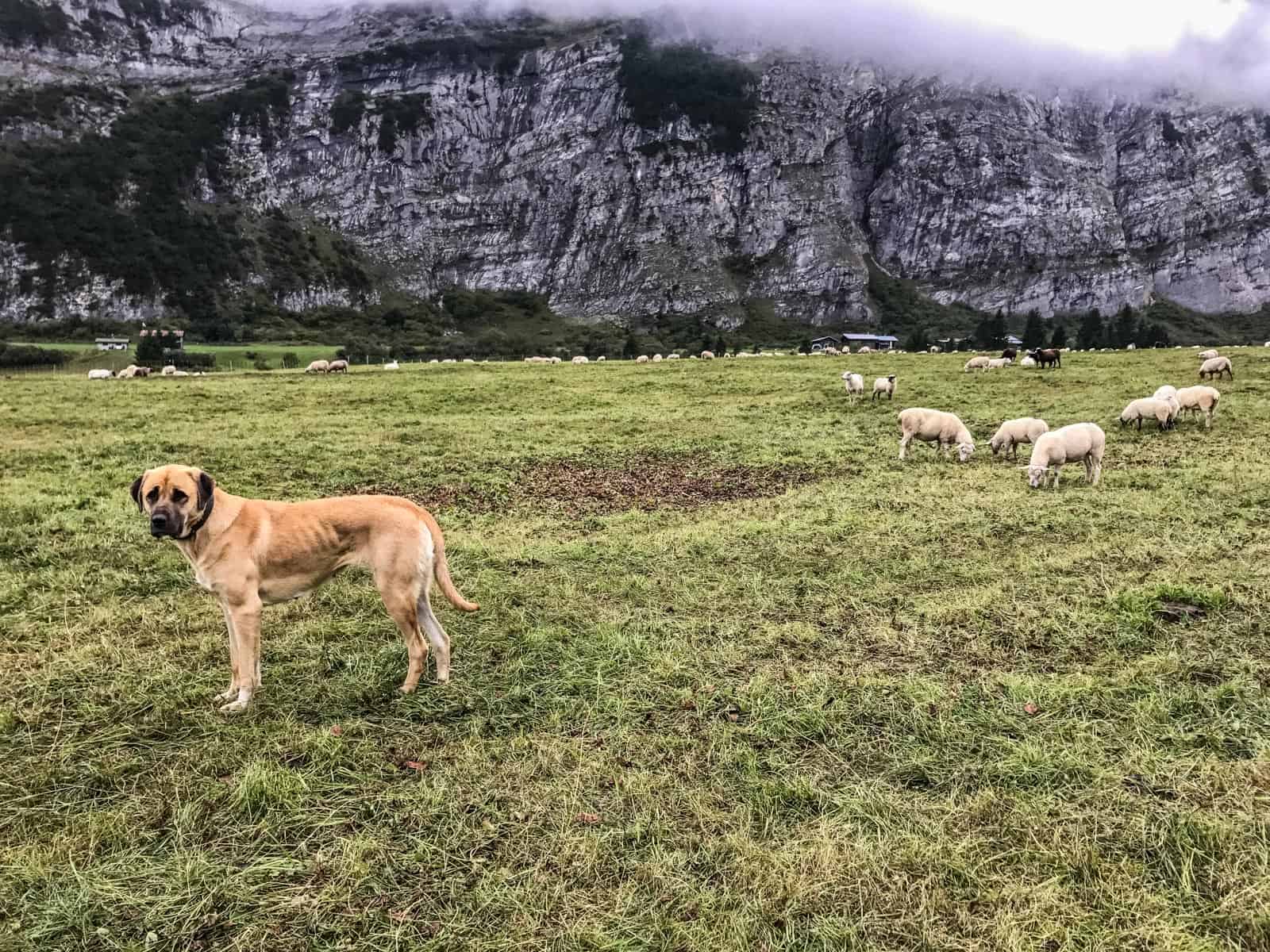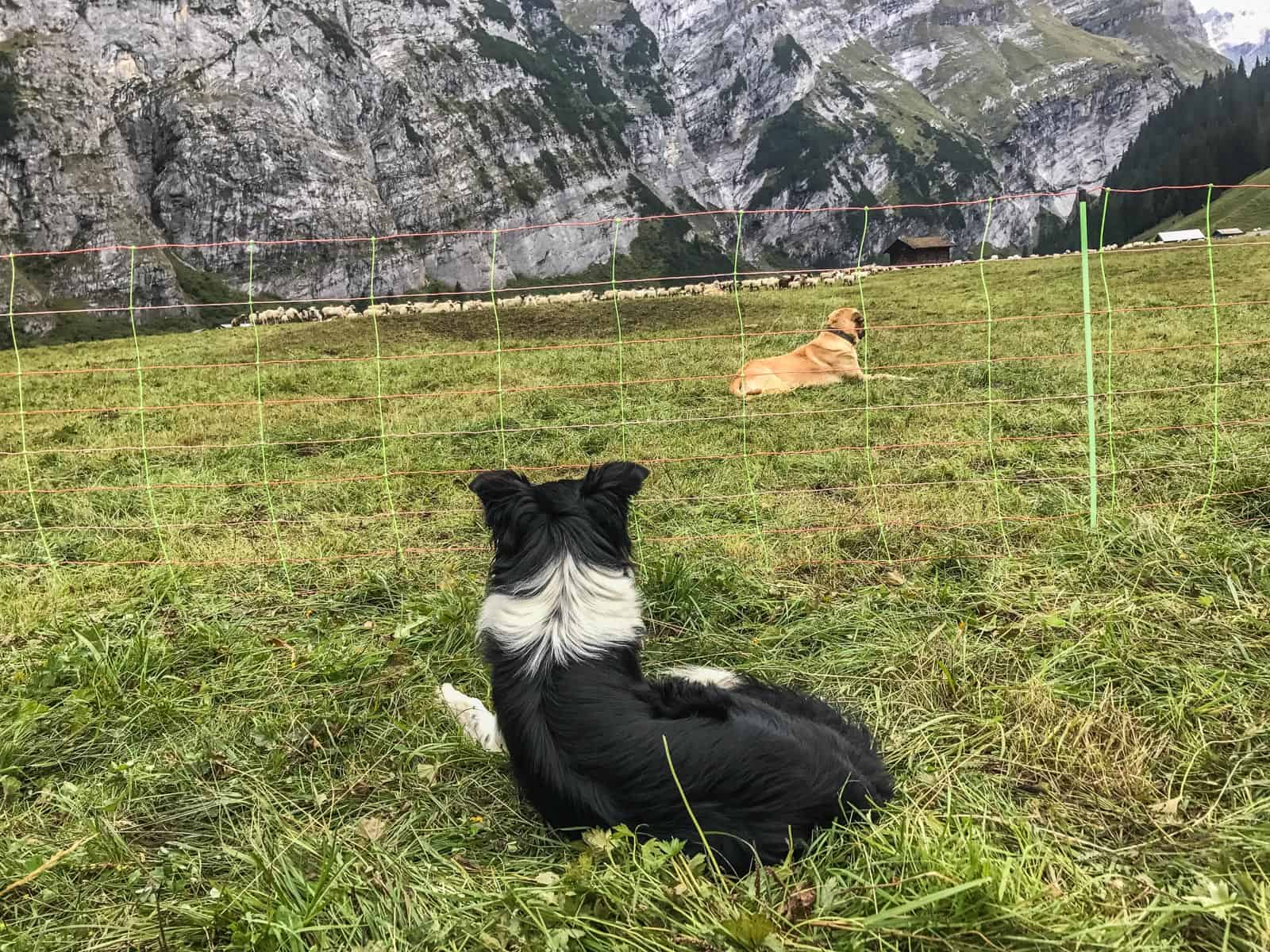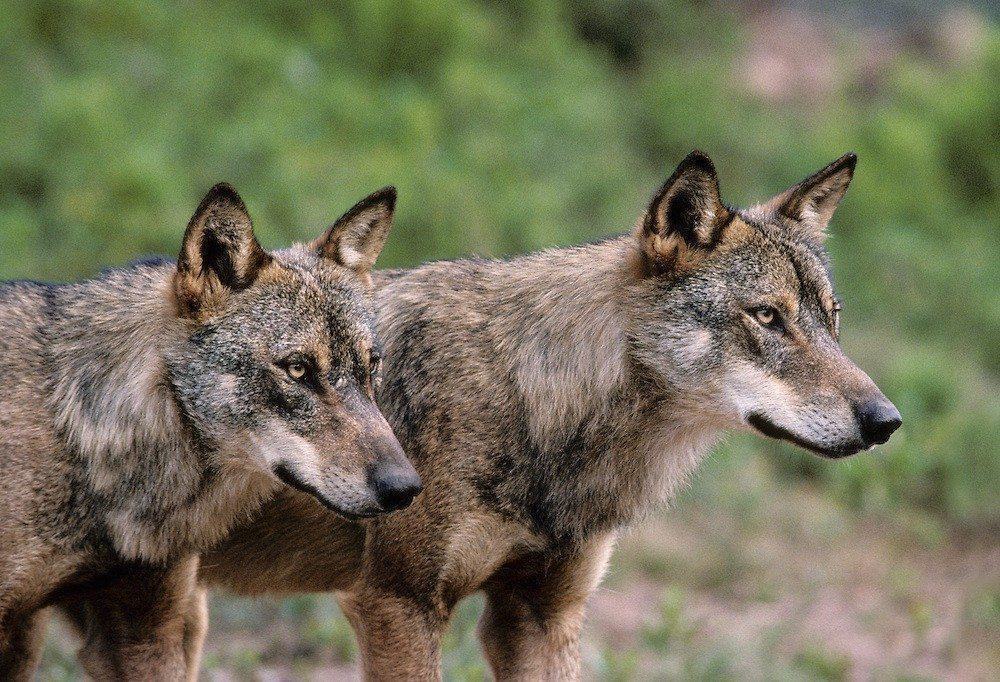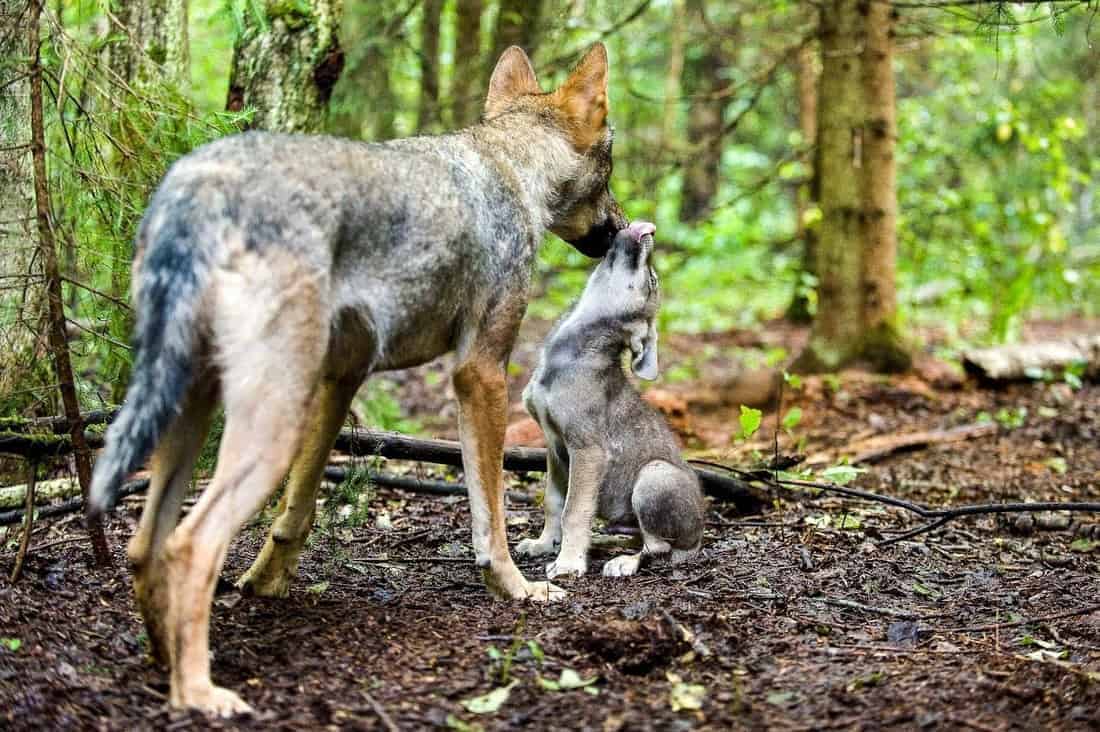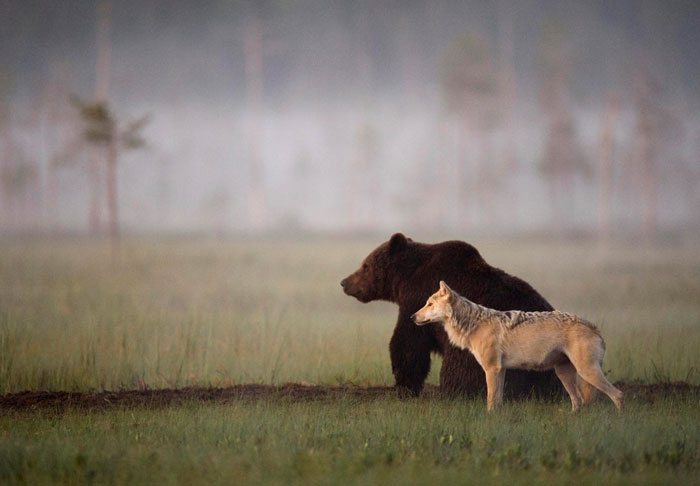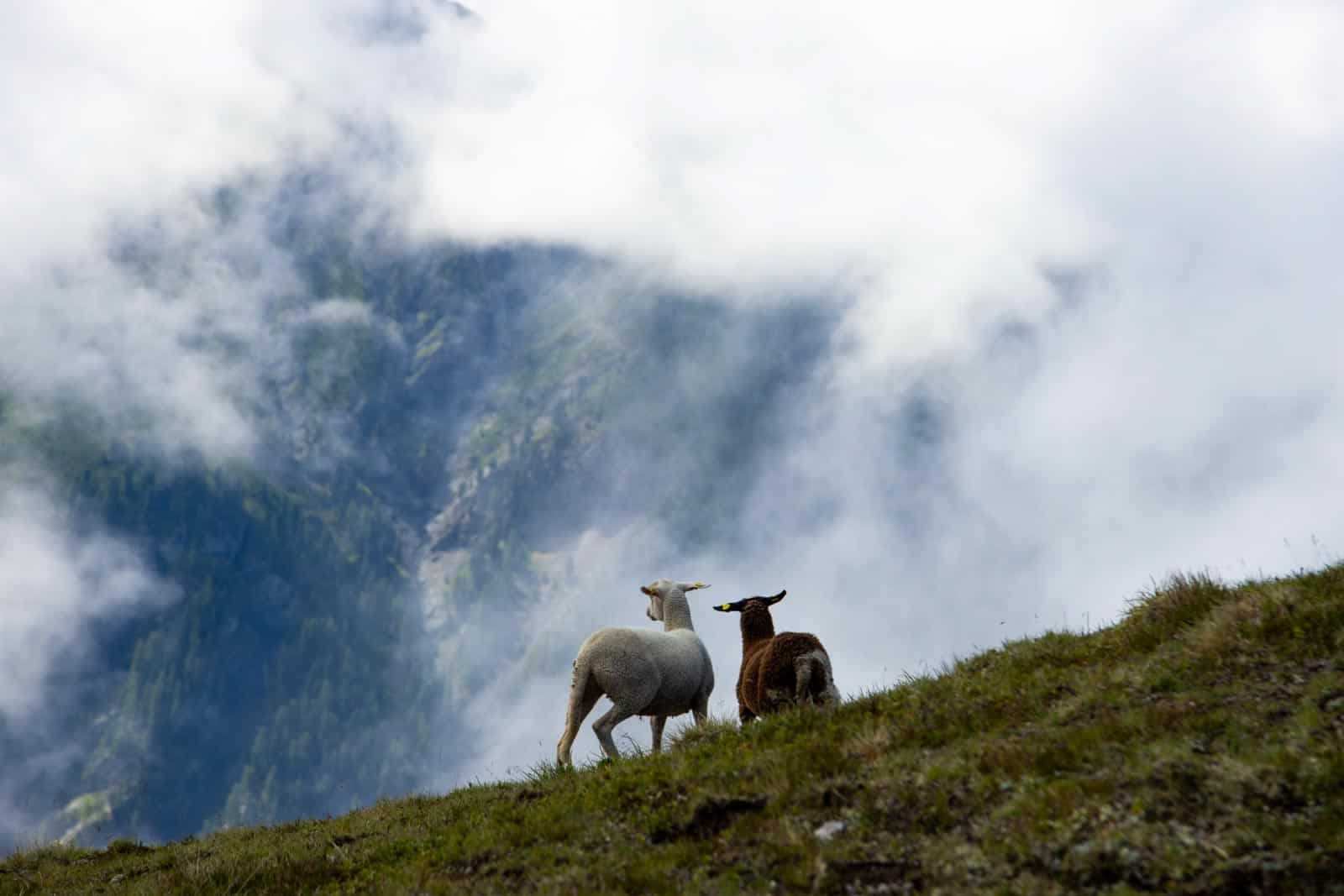Switzerland pioneer in the use of social livestock guard dogs
We know that the wolf is making a comeback in Europe. Over the last years, the first individuals visited countries like Belgium, Luxembourg and the Netherlands. But in other countries, wolves have always been present. In fact the wolf has never been extinct in Europe. Small and isolated populations in the Iberian peninsula, Italy and south-eastern Europe remained. And from these locations, wandering wolves set out in search for new homes. One of the earliest visited countries was Switzerland. Due to this, Switzerland became a pioneer in proper herd management. And the rest of Europe can learn from this, even today.
Please also read: Successful herd management in Graubünden, Switzerland
Coexistence of people and wolves
After the eradication of wolves in Switzerland during the 19th century, the first wolf reappeared in 1995. Since then, the number of visiting wolves steadily increased. In 2012 researchers confirmed the first established wolf pack in the famous Calanda region. A second and third wolf pack followed in 2015 and 2016 respectively. Nowadays, 30 to 40 individuals live in Switzerland.
The return of the wolf is closely connected to people’s emotions. Livestock owners fear for their animals, hunters are afraid to lose their job. On the other hand, nature conservationists try to support the recovering populations. But we can all agree that a coexistence between people and wolves is possible. If only we had the tools for this.
Herd management experiments since 1999
Herd management is a traditional way of living, almost forgotten or lost in many countries. However, with the return of the wolf, the need for proper herd management is higher than ever. Luckily there are countries that have experimented with herd management measures for decades. That is why today, we know that herd guard dogs are very effective, while fladry fences only work temporarily. The Swiss pioneered to determine the best combination of effective herd management measures and developed a kind of a toolbox. Since 1999, Switzerland has continuously experimented with various techniques to protect livestock, while welcoming the wolf.
Shepherds
On of the key elements is the use of shepherds, Scientific evidence even shows that the degree of erosion is significantly lower where sheep are moved from one grazing sector to another sector on a regular basis by shepherds. Shepherds are most effective in a region where wolves are present if their herd management work is support by social sheep guard dogs.
Social guard dogs
One of the most effective herd management measures is the use of guard dogs like the Patou, Maremma and Kangals. Already in 1999 a report from KORA, the Carnivore Ecology and Wildlife Management society of Switzerland describes the use of sheep guard dogs minimises risk of wolf attacks.
“A social guard dog is selected for its character, to bond with other animals. Therefore the dog must be a social animal, that is surrounded by other social animals. This is the reason why the dog cares for the sheep, as they satisfy their need for companionship.”
explains the report.
The social character of guard dogs is strengthened by their loyalty. Growing up with a herd of sheep, the guard dogs become part of the herd. Their loyalty and bonding with the herd, results in protective behaviour towards intruders. This way, guard dogs protect the sheep from animals like wolves. Their socialisation with humans on the other hand allows them to be used in tourism areas as well as more populated urban settlements.

Wolves make ecosystems healthy
Even in 1999, the researchers already concluded that proper herd management does not 100% prevent wolf attacks. However, the depredation rates lower significantly and close to zero. Nowadays, this knowledge is still valid. Researchers even confirmed that herd management is more effective than killing wolves. As the Swiss continued the use of sheep guard and sheep herding dogs, we discovered even more positive evidence. Successful herd management measures in Graubünden demonstrate this clearly. The authorities of Graubünden also confirmed how the famous Calanda wolf pack helps the ecosystems. The increased predation of abundant wildlife especially the increase of the mobility of the deer lowered pressure on young trees. As a result, the Swiss forest become healthy thanks to the wolf.
Accepting or reinventing?
Despite almost 20 years of research, experiments and testing, the Swiss techniques are not well known in other countries. Each country claims to be in a unique situation, and therefore effective measures from another country do not apply. But the Europeans have to realise that the challenges are all identical. It is the same wolf, and the same livestock they try to protect. A guard dogs works the same way in France, Austria or Switzerland. An electric fence is just as powerful in Germany as in Italy. But it is our willingness to accept the proper herd management tools that lay in front of us. The longer countries like France continue with reinventing the wheel, the longer it takes people to accept a coexistence with wolves. Meanwhile, Switzerland decided to stick to strict regulations for shooting wolves.
Read the German report from KORA on herd management from 1999 below:
Stay up to date on the Wilderness news, subscribe to our Newsletter!

